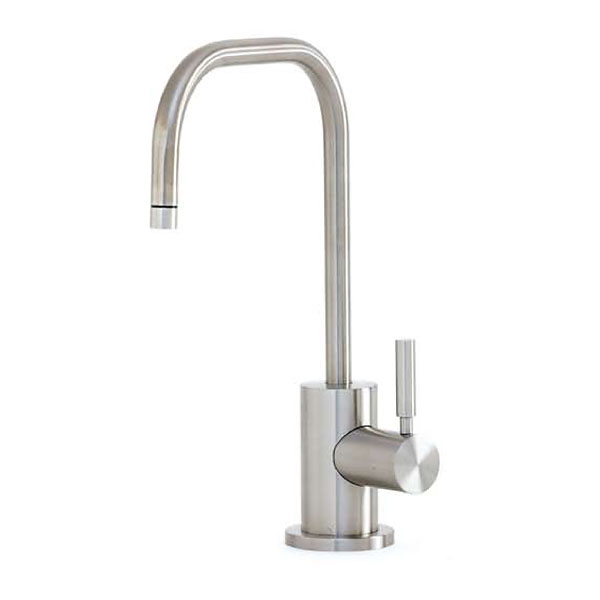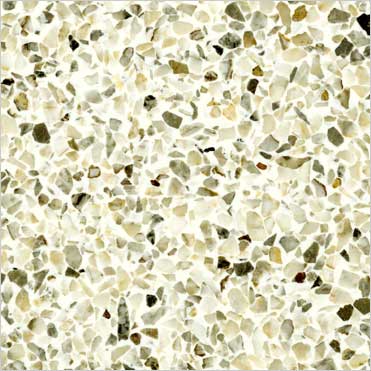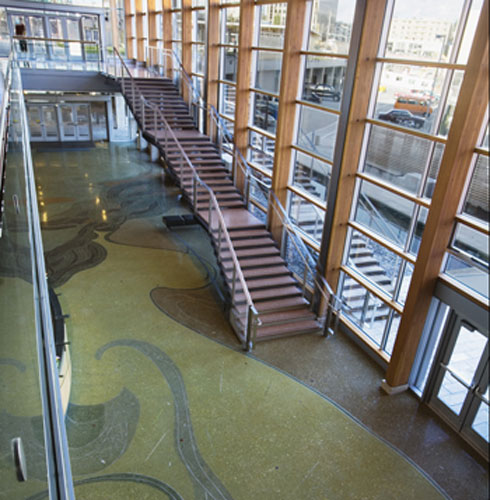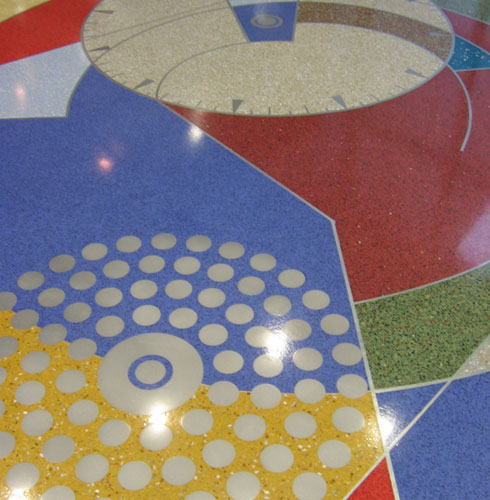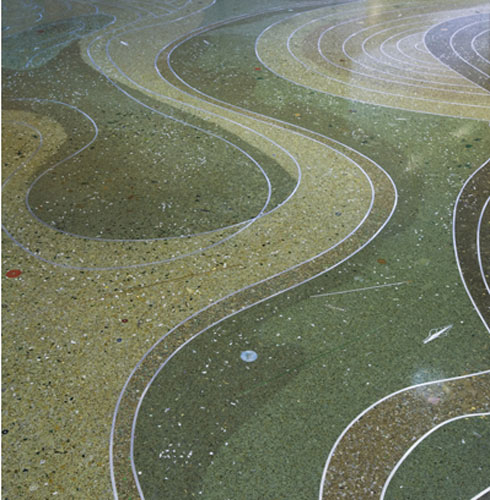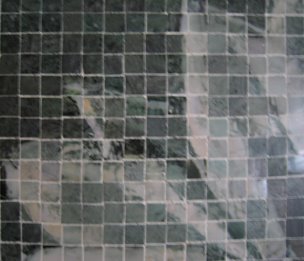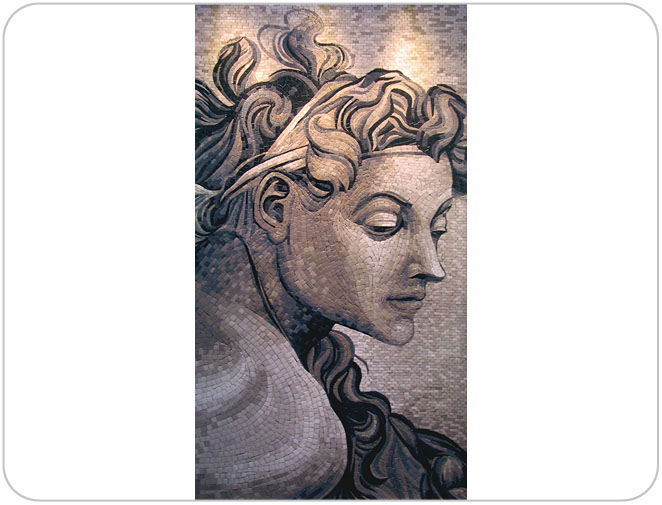My Road to Damascus moment was made possible by the great blog, Treehugger.com (http://www.treehugger.com/). Treehugger does a great job of marginalizing the lunatics who belong on the margins and bringing sustainable ideas into to mainstream. All the while maintaining a sense of humor and fun that's missing from most environmentalist screeds. Check them out.
There was an entry on their site today about pee. Since I waxed so eloquently about poop removal in my last entry, I thought I should give good ole number one some equal time.
The recent finding about pharmaceuticals in tap water supplies can be blamed pretty solidly on the fact that most of the drugs human beings ingest are excreted within hours. If we, as a society, found something to do with urine other than flushing it; there wouldn't be trace amounts of ibuprofen and progesterone in your drinking water.
In Switzerland, The Swiss Federal Institute of Aquatic Science and Technology has been grappling with this what-to-do-with-pee dilemma and came up with the following:
While urine accounts for less than 1% of total waste water volume, it
contains 50–80% of all the nutrients in waste water. Many micropollutants, i.e.
residues of pharmaceuticals and hormones from human metabolism, also enter
waste water via urine. On average, for all medicines and hormones ingested,
60–70% of the active ingredient is excreted in the urine. 85-90% of the nitrogen and 50-80% of the phosphorus are concentrated in the urine. These nutrients are desirable in agriculture, but not in water bodies. It may therefore make sense to separate urine from waste water and use it for fertilizer production.

In New York this week, there's an exhibition at an art gallery called Eyebeam (http://www.eyebeam.org/) called drinkpeedrinkpeedrinkpee, It's provocative title is there to generate interest of course, but the purpose of the exhibit is to illustrate urine's role in the water cycle. It's not gross, so lighten up. Anyhow, one of the goodies in the goody bag at the door is a DIY kit to make fertilizer from your very own urine. Imagine! Get the nitrogen and phosphorous from urine out of sewer water discharges and it will end red tide in the Gulf of Mexico.
Hey, the Romans used it as laundry detergent.

